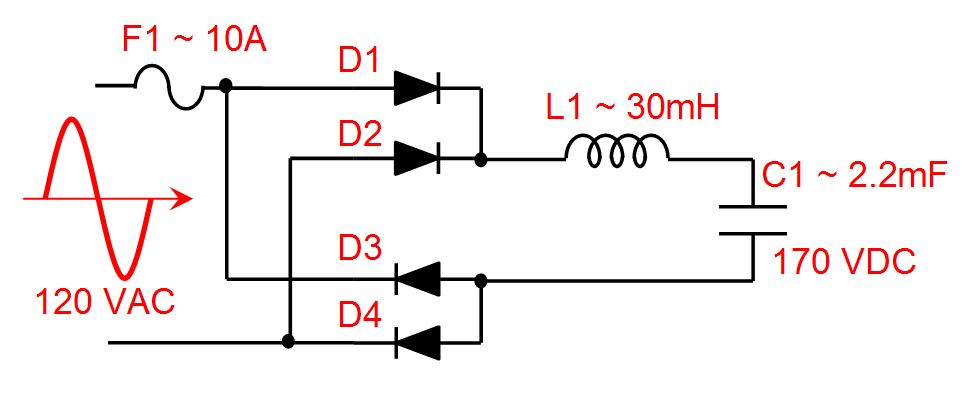

These three phases are 120 electrical degrees out-of-phase from each other producing a phase sequence, or phase rotation of: 360 o ÷ 3 = 120 o as shown. The advantage here is that 3-phase rectification circuits can be used to power many industrial applications such as motor control or battery charging which require higher power requirements than a single-phase rectifier circuit is able to supply.ģ-phase supplies take this idea one step further by combining together three AC voltages of identical frequency and amplitude with each AC voltage being called a “phase”. Three-phase rectification, also known as poly-phase rectification circuits are similar to the previous single-phase rectifiers, the difference this time is that we are using three, single-phase supplies connected together that have been produced by one single three-phase generator.


Single phase supplies such as those in houses and offices are generally 120 Vrms or 240 Vrms phase-to-neutral, also called line-to-neutral (L-N), and nominally of a fixed voltage and frequency producing an alternating voltage or current in the form of a sinusoidal waveform being given the abbreviation of “AC”. In fact, rectification of alternating voltages is one of the most popular applications of diodes, as diodes are inexpensive, small and robust allowing us to create numerous types of rectifier circuits using either individually connected diodes or with just a single integrated bridge rectifier module. We saw in the previous tutorial that the process of converting an AC input supply into a fixed DC supply is called Rectification with the most popular circuits used to perform this rectification process is one that is based on solid-state semiconductor diodes.


 0 kommentar(er)
0 kommentar(er)
